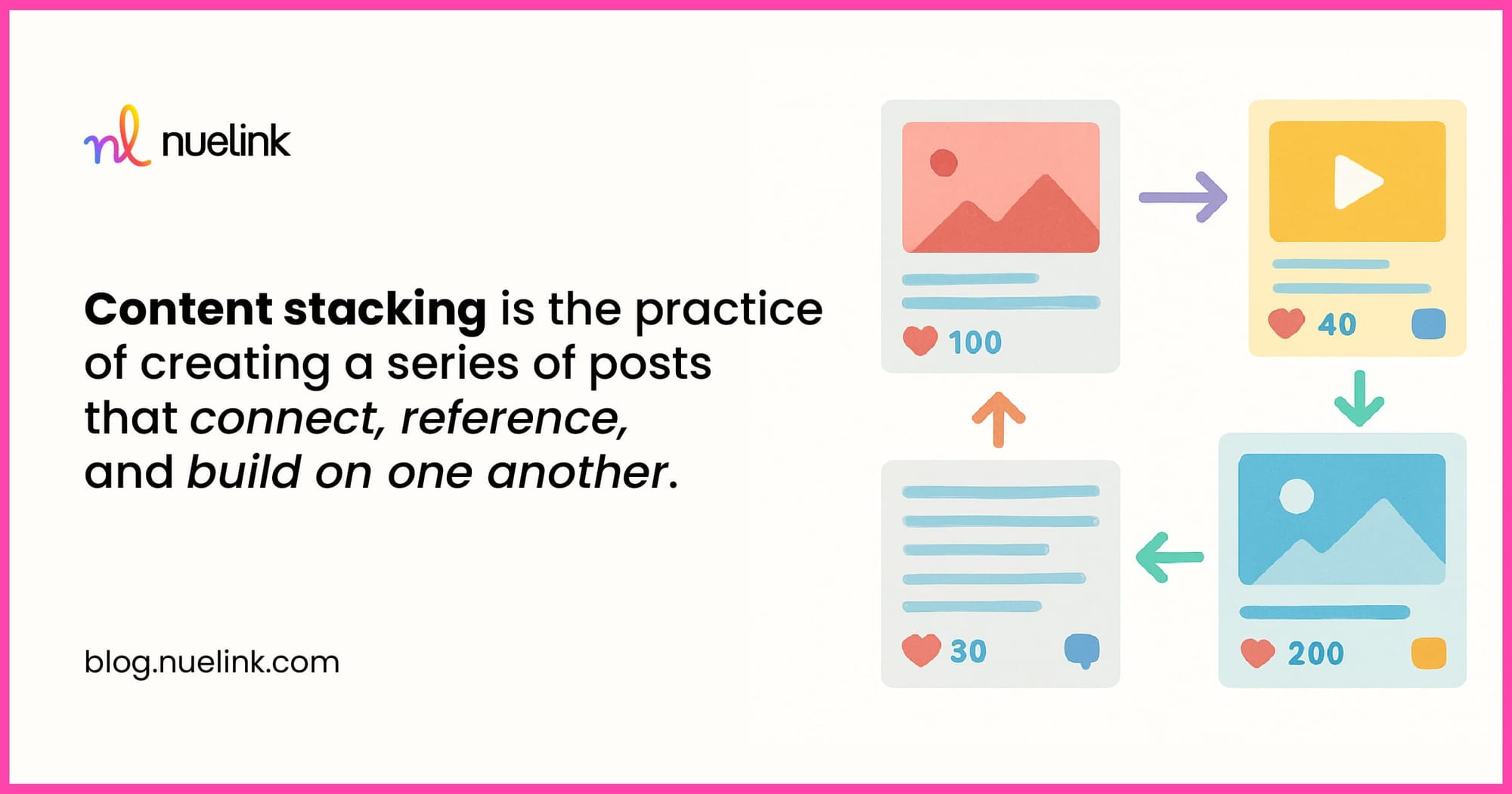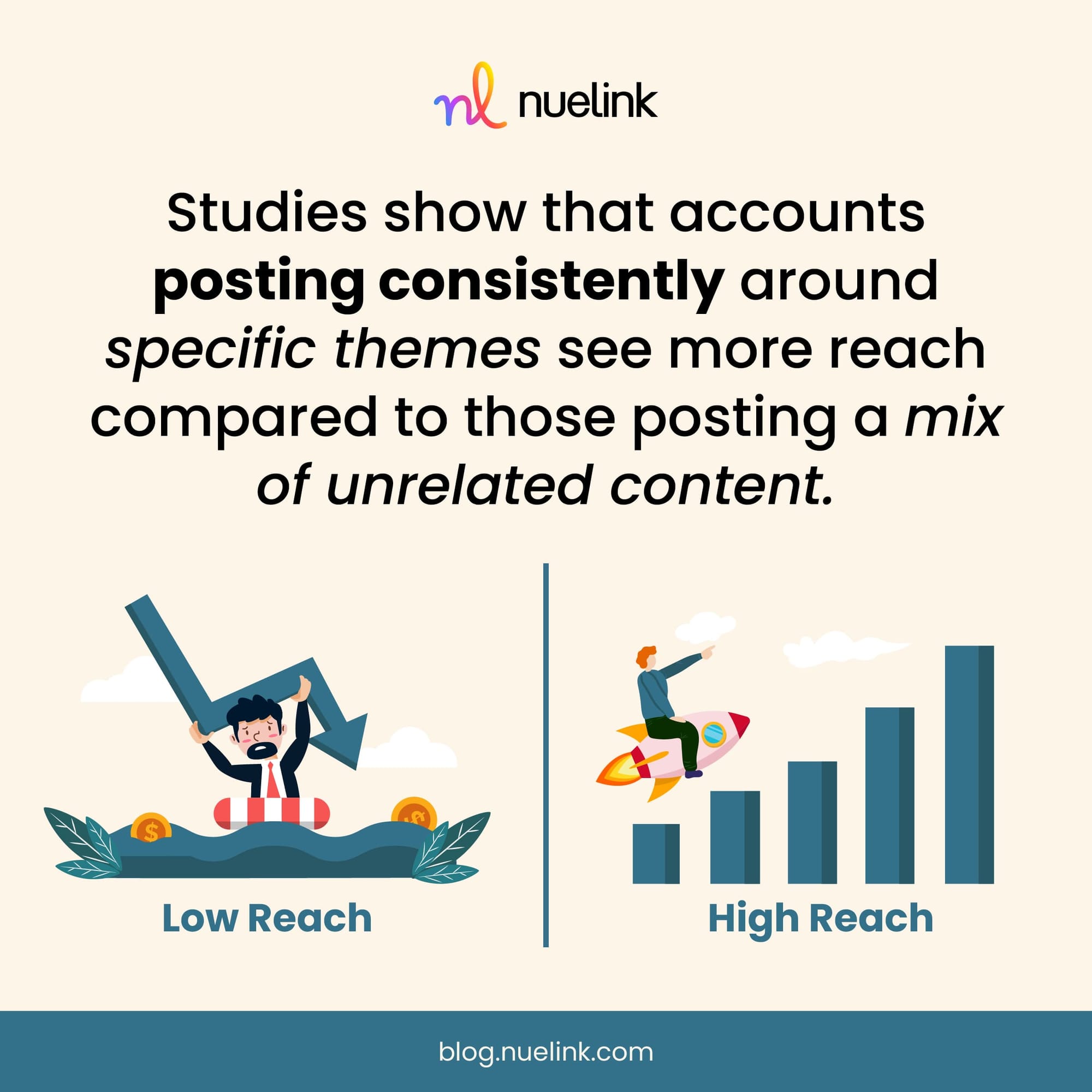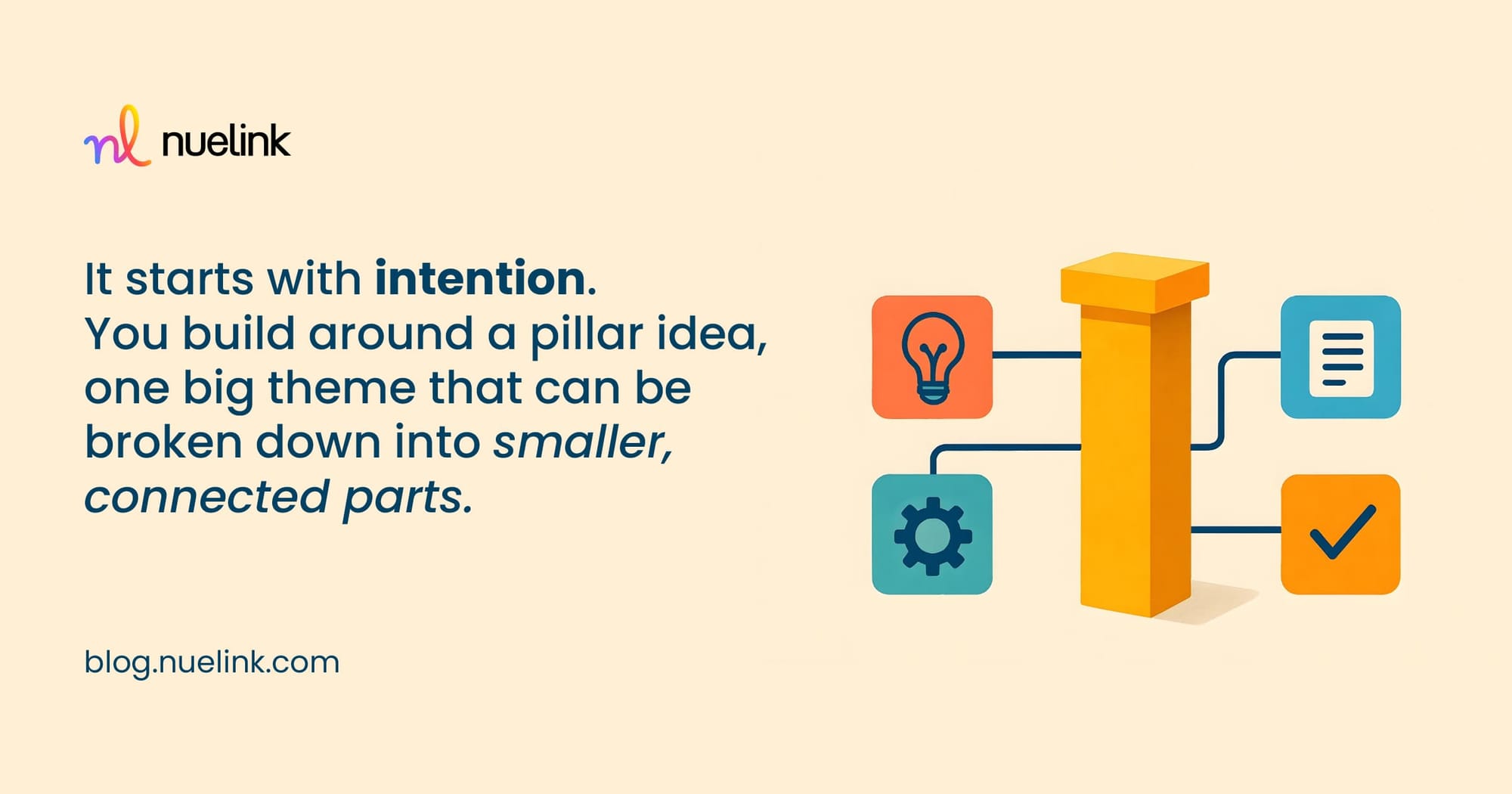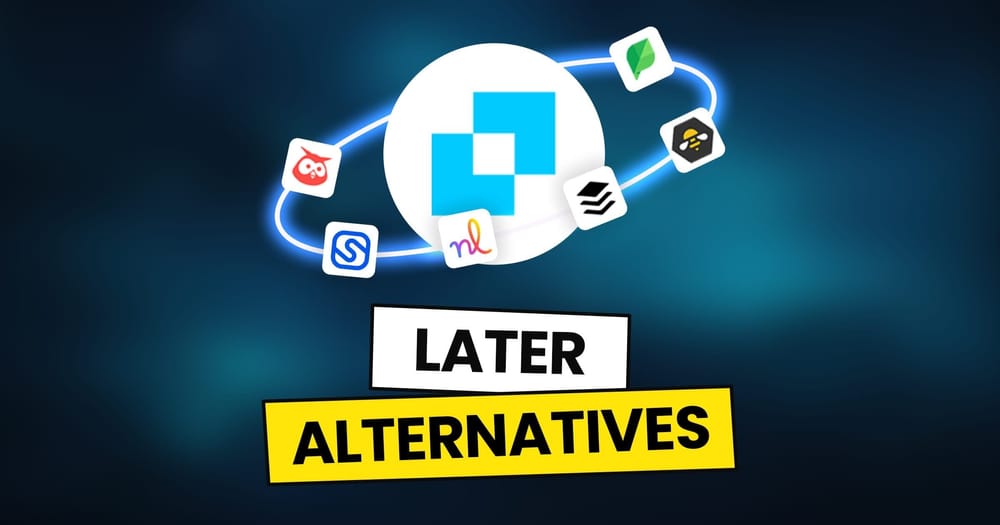You’ve probably seen it before, a brand drops a clever post, it picks up some traction, maybe even goes “viral” for a day or two… and then? Silence. The momentum dies, the audience moves on, and the algorithm buries it under the next wave of content.
Too many brands treat each post like a one-off instead of part of a bigger system. But social media doesn’t reward one-hit wonders. It rewards consistency, connection, and depth.
That’s where content stacking comes in. Think of it as designing your posts like building blocks, each one supporting, amplifying, and referencing the others. Instead of scattering random updates, you’re creating an intentional chain that compounds reach over time.
1. What is Content Stacking?

At its core, content stacking is the practice of creating a series of posts that connect, reference, and build on one another. Instead of thinking about each post as a standalone, you’re designing them like puzzle pieces that fit together into a bigger picture.
It is like a book. One chapter on its own might be interesting, but it’s the collection of chapters that makes the full story powerful. The same goes for your content. A single post can educate, entertain, or inspire, but when stacked strategically, your posts create a narrative that keeps people hooked and positions your brand as the go-to authority.
This is where many brands get it wrong, they post randomly. One day it’s a tip, the next it’s a meme, then a sales pitch. Each piece might work in isolation, but there’s no system. No flow. No compounding effect.
Content stacking is the opposite of random posting. It’s intentional. Each post has a role to play:
- One introduces a topic.
- Another deepens the insight.
- A third adds proof or a case study.
- And the final one ties it all together with a clear call-to-action.
By stacking, you’re not just filling a feed, you’re building a structure. A system where every post strengthens the others, driving more visibility, more saves, more shares, and more trust.
2. Why Content Stacking Works
Let’s be real, the algorithm isn’t designed to reward one-and-done content. Platforms like Instagram, TikTok, and LinkedIn prioritize patterns. They want to see consistency, topical authority, and signals that your content is worth pushing further. That’s exactly why stacking works.

Algorithm Advantage
When you publish multiple connected posts around a theme, you’re sending a signal, this creator owns this topic. Algorithms reward that. In fact, studies show that accounts posting consistently around specific themes see more reach compared to those posting a mix of unrelated content.
Audience Journey
Your followers don’t just need one touch, they need multiple touchpoints to stay engaged. Research shows it takes 6–8 interactions before someone takes meaningful action, whether that’s following, clicking, or buying. Content stacking naturally creates those touchpoints by guiding people through a journey instead of leaving them at a dead end.
Repurposing Power
Here’s where stacking saves you time. One big idea can turn into multiple formats:
- A carousel post breaking down the main concept.
- A 30-second Reel teasing a quick win.
- A LinkedIn post expanding with professional insight.
- A Twitter/X thread dropping examples in bite-sized form.
Suddenly, one idea becomes five different posts, each reinforcing the other and reaching audiences in the format they prefer.
SEO & Social SEO Boost
The more you cover a topic from different angles, the more the algorithms (and even Google) associate you with it. This is keyword clustering, each post reinforces the same core theme. Over time, you’re not just making content. You’re building authority that compounds. SEO, as we know, often goes overlooked in social media.
When you stack content, you’re not leaving growth up to chance. You’re creating a compounding effect where each post makes the next stronger, for the algorithm, for your audience, and for your brand.
3. How to Build a Content Stack

So, how do you actually put content stacking into practice? It starts with intention. Instead of brainstorming random posts, you build around a pillar idea, one big theme that can be broken down into smaller, connected parts.
Step 1: Start with a Pillar Idea
This is your foundation. Think broad but specific enough to branch out. For example: “Instagram growth hacks.”
Step 2: Break Into Micro-Topics
From that one pillar, you can extract smaller, highly focused angles:
- How to write captions that stop the scroll.
- Which hashtags actually work in 2025.
- The best posting times for reach.
- Why Reels outperform other formats.
Each micro-topic becomes its own post, but together, they form a stack.
Step 3: Sequence Your Posts
Don’t just drop them randomly. Structure the release so each post builds anticipation for the next. Start broad, then go deeper:
- Broad introduction → Specific tip → Case study → Examples → Recap.
This way, your audience isn’t just consuming one post, they’re following a storyline.
Step 4: Stack Across Platforms
The magic of stacking multiplies when you repurpose the same idea across formats and platforms:
- Instagram carousel.
- TikTok or Reel snippet.
- LinkedIn post with professional spin.
- Twitter/X thread with fast takes.
- Blog post or newsletter recap.
By tailoring the message for each platform, you’re reinforcing the same idea while reaching different audiences.
4. Best Practices for Effective Content Stacking
Stacking only works if it’s intentional. Otherwise, it’s just another cluster of random posts. Here’s how to make sure your stacks actually build momentum instead of fizzling out:

Plan Stacks in Advance
The best stacks aren’t improvised. Use a good social media management tool, Nuelink for instance, to map your pillar idea and the micro-topics around it. Brands that plan content in advance are more effective at achieving their marketing goals compared to those that wing it.
Reference Past Posts
One of the simplest ways to stack is to connect your new content to the old. Phrases like “As we covered last week…” or “This builds on our last post about…” create continuity, making your content feel like an ongoing conversation instead of isolated drops.
Recycle Without Repeating
Stacking doesn’t mean copy-paste. It means remix. Add a fresh angle each time, a new stat, an example, or a story. Remember: people need repetition to remember your message (it takes 6+ exposures for an idea to stick), but they also need novelty to stay engaged.
Use Analytics to Refine
Not every post in your stack will hit equally, and that’s a good thing. Analytics will show you which part resonated most. Double down on that angle for future stacks, and you’ll build a system that learns as it grows.
Encourage Cross-Post Engagement
Don’t let each post live in isolation. Tease what’s coming next (“Tomorrow, I’ll share …”) or link back to previous posts. This drives people deeper into your ecosystem, boosting reach and retention.
When you treat your content like a connected series instead of a string of one-offs, you train both the algorithm and your audience to expect more from you. And that expectation? That’s where authority and trust start to compound.
One standout post can grab attention. But attention alone doesn’t build trust. It doesn’t create authority. And it certainly doesn’t guarantee your audience will come back for more.
That’s the power of content stacking, it turns individual posts into a connected ecosystem. Each piece fuels the next, compounding reach, engagement, and authority over time.
Do it right, and you won’t just post content, you’ll create momentum. And that momentum? It’s what turns casual viewers into loyal followers, and followers into advocates.






